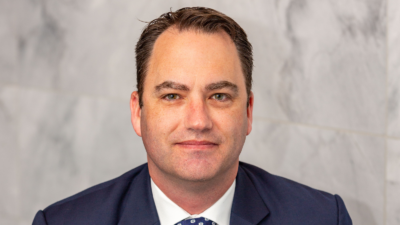Vanguard Australia head of superannuation Michael Lovett will leave the firm following the launch of its super product.
Making predictions is hard, especially about the future. That hasn’t stopped TCorp from calling an RBA pivot, falling US inflation and corporate earnings, and further deterioration in US-China relations.
Institutional investors love private equity but it’s bringing them down. They’re sweating everything from valuations to overcrowding and “private equity bubble risk”.
Cooper Investors has shuttered the retail and wholesale classes of its Asian Equities Fund following the resignation of portfolio manager Qiao Ma.
Much of the work Willis Towers Watson does for Australia’s largest allocators is now around investment governance. But the tyranny of distance means the local scene can be a bit of an “echo chamber”.
The Future Fund pulled some of its new portfolio levers to mitigate the financial damage seen through 2022, but it doesn’t expect markets to get much better anytime soon.
While APRA “doesn’t feel the need to start each year with a shiny new set of initiatives”, it’s still planning on scrutinising super funds’ valuation practices and giving more “sub-scale” funds the nudge to merge in 2023.
The Australian Institute of Superannuation Trustees (AIST) is exploring a merger with Industry Super Australia as external pressure grows on industry associations and the funds they service.
While there’s widespread suspicion that “financial skullduggery” is afoot in private market valuations, the tricky part is the lack of comparisons in their fastest growing segment.
A partnership with the Australian Institute of Superannuation Trustees (AIST) gives HSBC an opportunity to shop its services to the country’s biggest investors.















